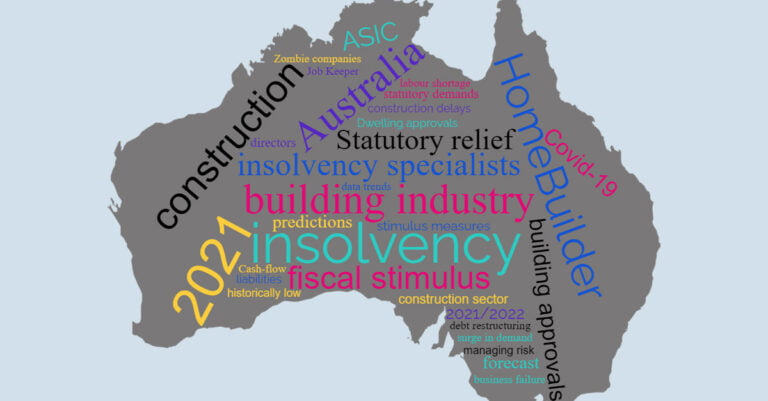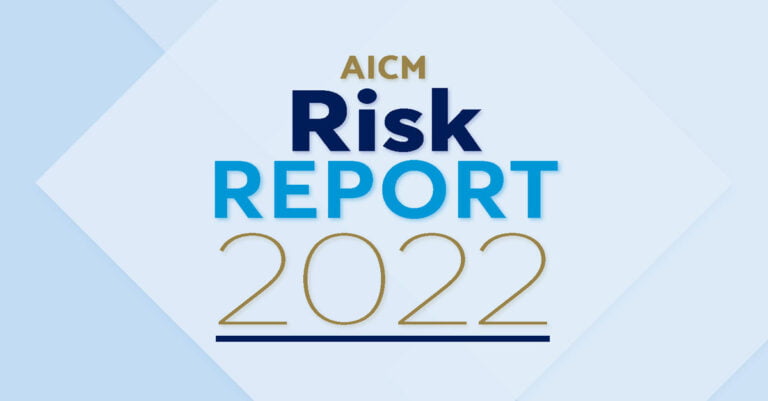
CREDIT INSIGHTS
Are unresolved A/R disputes taking a toll on your company’s bottom line?

Have you ever calculated your costs for resolving receivable disputes? If you have, you’ve probably discovered that the process is quite expensive. Here’s why.
A misstep in any department involved in a sale can result in a discrepancy that delays payment and drives up costs. Disputes, discrepancies and exceptions are “nonstandard” transactions that require additional handling. Costs escalate as customer service or the collection department works to discover the cause and resolve the issue.
A misstep in any department involved in a sale can result in a discrepancy that delays payment and drives up costs
The cost of determining where the mistake was made is typically more substantial than most companies realise. Labor is an obvious cost – but it involves more than the hours spent by the collection team trying to unravel the problem. Time spent by various other personnel called upon to help piece together what happened also needs to be considered.
Then, there is the often, overlooked cost of delay in receiving payment. The longer resolution is delayed, the less likely it will be resolved and the greater the impact on the company’s bottom line.
What can be done to decrease the likelihood of disputes and the financial losses involved?
- Review your policies and credit terms with the buyer prior to the purchase, especially if they are a new customer or the order is particularly large. Be sure that any documents, such as a credit application, also include this information.
- Require written purchase orders. Purchase orders put the onus of getting the details right on the buyer. They provide protection for both of you and help to eliminate errors and misunderstandings. Items such as price, quantity, terms of sale and warranties should all be clearly agreed upon and stated in the purchase order. Once received, it should be reviewed for errors or ambiguities. If discrepancies are resolved before the service or product is provided, problems can be avoided.
- Follow-up with the buyer before the account is due. You can head off any problems before they develop into disputes that delay payment. Call or email the buyer soon after the goods are scheduled to arrive. Ask if the shipment was received when expected; if the quality is satisfactory; and the invoice is clear and correct. If you contact the buyer by phone, remember to note in your file the name and title of the person to whom you spoke.
In addition to alerting you to any potential problems, these customer service contacts also serve to remind the buyer of his obligation. And, if there are no complaints, don’t hesitate to ask when payment can be expected. - Work with each department involved in the order- to-cash process to ensure they understand the importance of every step being completed accurately, as well as efficiently.
- Insist any dispute be resolved in a specific time period, 3-5 days at most.
Controlling the costs of a dispute
Should a dispute occur despite the efforts above:
- Focus on getting the undisputed portion paid right away.
- Determine the category of the dispute and the department that “owns” it. For instance, if the problem is pricing, is sales or order processing the culprit? If it’s quality, is manufacturing or shipping causing the issue?
Conclusion
Each day a dispute remains unresolved, your profits on the transaction continue to evaporate.
Touching base with your customers before the invoice is due and working with all departments involved to ensure the order-to-cash process is consistent, efficient and accurate should result in fewer payment disputes and discrepancies. And, in turn, improved profits.







